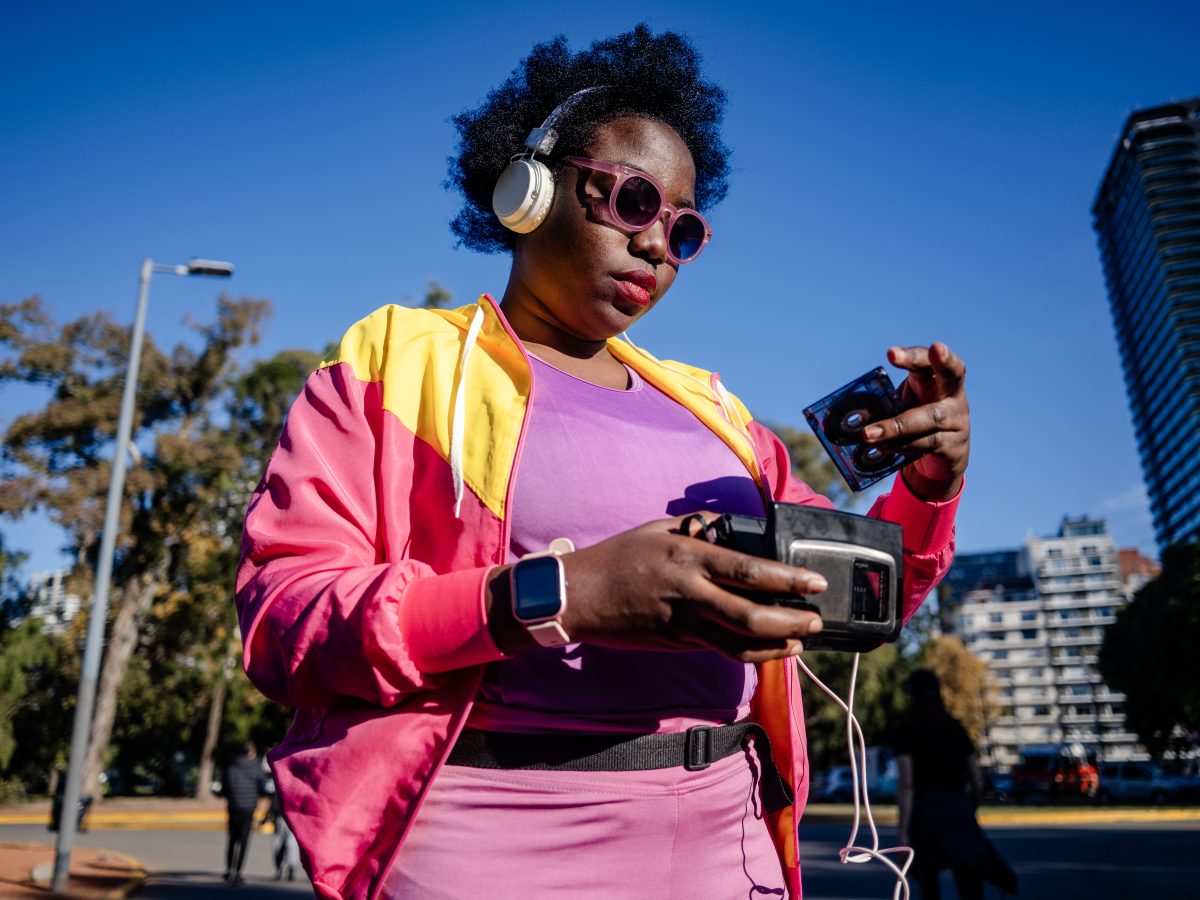
Streaming promised us convenience, but it also came with a quiet trade-off: nothing we consume is really ours. A favorite album can vanish overnight. A TV series gets pulled from platforms without warning. Could that be why Gen Z has started looking backward to move forward? It started with resurrecting formats like cassettes and zines, once dismissed as relics, now utilized as tools of ownership and expression.
The reasons behind this shift are layered. Some of it is about slowing down in an overly digital world. Some of it is about archiving and nostalgia, and for others it could be about reclaiming our media and experiences from algorithms and corporations. But, let’s be honest: there is a noticeable shift in the way that our relationship with being online is changing. People are yearning for alternative ways to consume their favorite forms of media, build communities, and express themselves offline. Physical media has become an appealing choice for many.
A Consumer Reports survey finds that, despite the ubiquity of streaming platforms, nearly half of Americans (45 percent) still listen to CDs. About one in five use vinyl records. There’s also been a noticeable shift with musical artists selling cassettes for their merch. Popular artists like Sabrina Carpenter, Kendrick Lamar, and even Olivia Rodrigo (who in 2023 became the bestselling artist for music cassettes in the United Kingdom) are all helping lead the comeback.
DJ TROY Frost, a Roxbury, Boston native and hip-hop lover who has been spinning for over a decade, says the allure of cassette tapes came to her through her mother, and she’s been collecting ever since. “My mom’s collection and my own personal collection just morphed into each other. When I started DJing, my love and respect for hip hop deepened. A byproduct of that was wanting to have the albums, cassettes, and vinyl. It became about really holding onto the music, embracing the tangible aspects of physical media,” she tells GU.
That sense of “holding onto” is a blend of nostalgia and collecting archives. “Playing a cassette is more involved. You’ve got to pull out your boombox. The speakers are bigger, and the sound feels different. Sometimes older tapes are exactly what they were when they came out. On streaming, a lot of things are remastered, and it’s not how I remember it.” She says.
For DJ TROY, she says she finds peace in nostalgia and memorabilia, “There’s a freedom in being able to turn off social media and everyone else’s opinion and just be selective — I’m going to read this Toni Morrison book, I’m going to play this Jodeci tape, and that’s it.”
When asked about why people should try cassettes, DJ TROY says it’s all about the process. “If you’re trying to slow your life down a little bit, if you’re trying to grow your patience, an avenue is listening to cassettes,” She continues, “With tapes, you’re more likely to let them play, because rewinding to the exact spot is more work than skipping on your phone. That makes it easier to really lock in, zone out, and let the music ride without interruptions, which is a unique feature of physical media.”
Another popular form of tangible media is zines. Zines are usually small-circulation booklets or magazines, often created by hand or using digital tools through self-publishing. For many zine creators and collectors, there seems to be a sort of unspoken magic about holding something that is filled with your art or words. For others, zines are a way to break through the noise of unhelpful algorithms and reach people. Though the history of zines has usually been associated with counter-culture movements, they’ve trickled into mainstream spaces over time. The key ingredient to most zines is accessibility, an ingredient that Editor-in-Chief of Jinxx Magazine, Aisha Micourt, is proud to accommodate. “Keeping it [the zine] accessible is really what matters because that’s what brings the audience. They can contribute and engage without too much of a barrier,” She says. Jinxx Magazine, a zine dedicated to diverse voices from all around the world, was born out of Micourt’s love for fashion and the challenges of breaking into New York’s creative world. The zine eventually grew from a personal project into a platform for emerging artists, much like the resurgence of physical media in capturing unique, offline experiences.
“We said, ‘Let’s do this for everybody,’ and began recruiting people who didn’t have much experience or the opportunity to create because of the boxes holding them back.”
Through Jinxx, Aisha has unlocked boundless creativity and says she receives her creative downloads through her daily “hot girl walks.” “I love walking,” She says. “One of our past issues is called “Public Displays of Affection,” and because of my daily walks, I was inspired by watching the way people interact with each other. It really just starts off there,” She states. Micourt also notices the rise in Gen Z returning to physical mediums of expression and hopes the interests grows and becomes available to wider audiences. “Hopefully it’ll encourage more people to put out their art, and share with the world.”
Physical media in a multitude of forms is making a comeback, and it’s proof that many people are tired of being at the mercy of vanishing playlists and feeds filled with ads. Perhaps the point isn’t whether physical media can compete with streaming, but that it offers something streaming or subscriptions can’t currently provide: permanence and ownership.